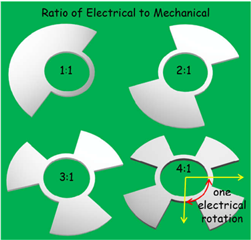Dear Team,
We are using LDC5072-Q1 in motor inverter design. Since LDC5072-Q1 is external to the controller board, we are intended to add filter circuit for differential output sine and cosine signal. Assuming, we are using 5MHz of LC oscillator resonant frequency. Then, what will be the frequency of differential output sine and cosine signal from LDC5072-Q1?


